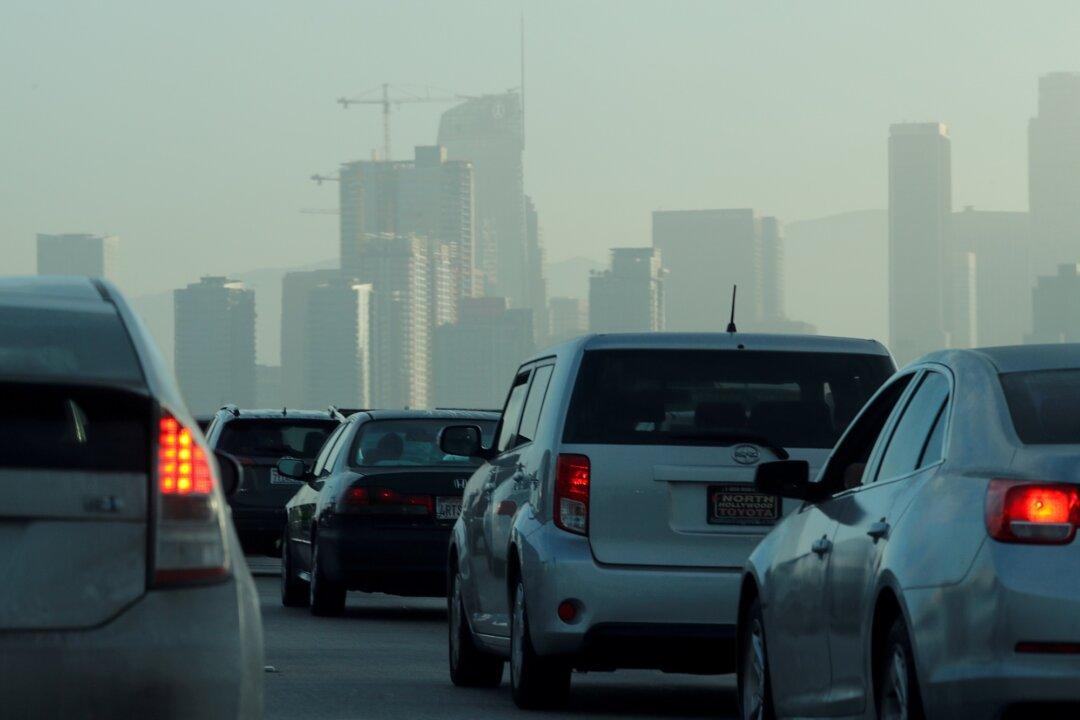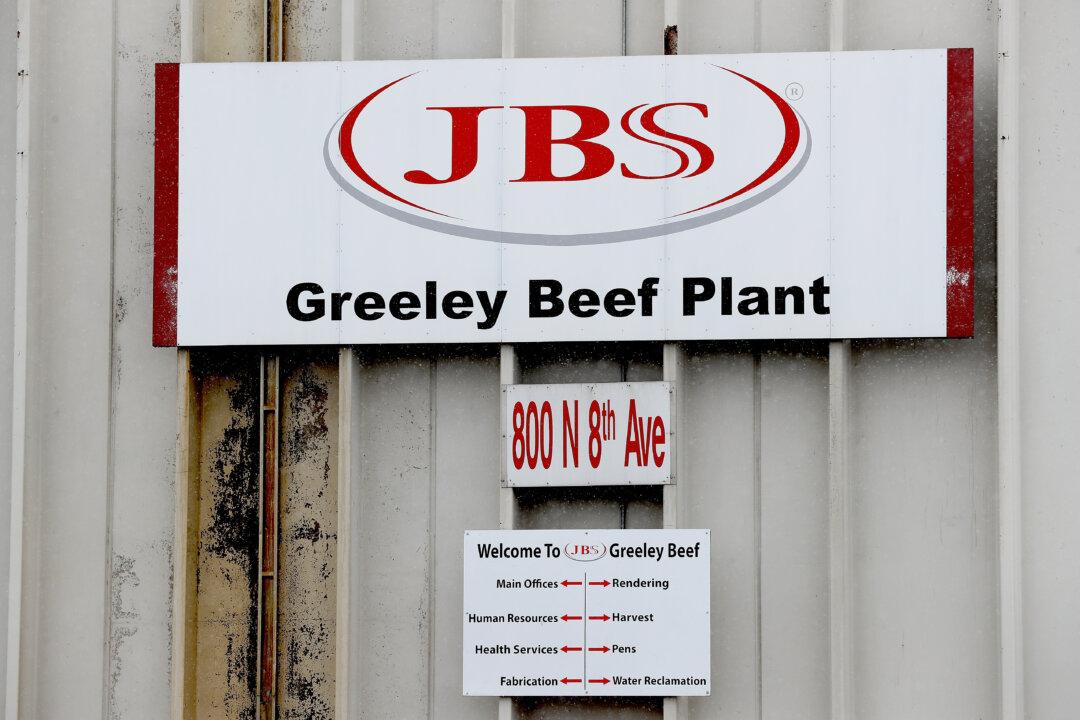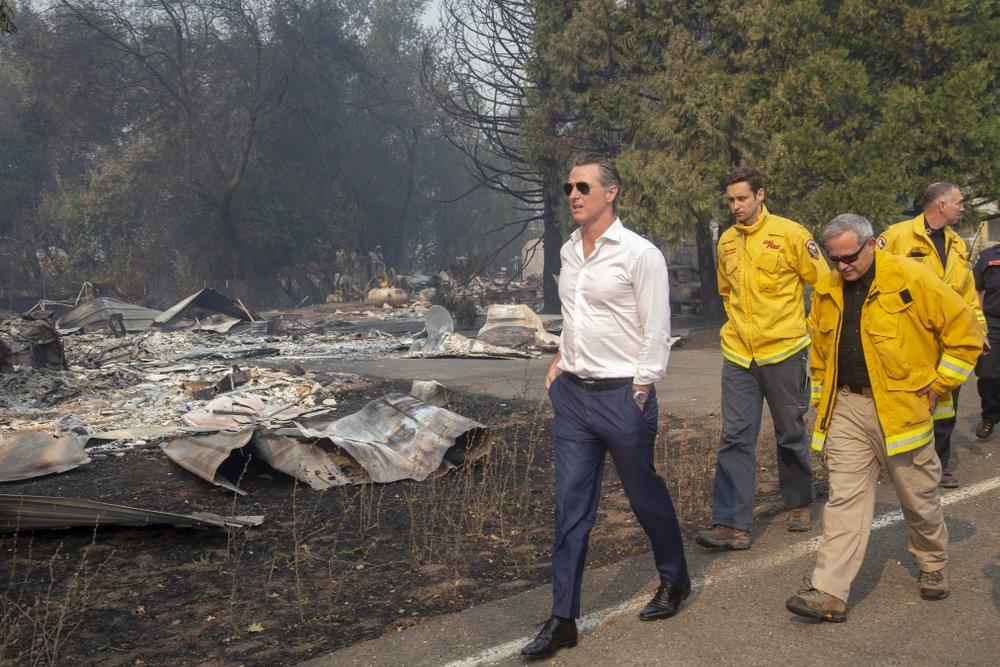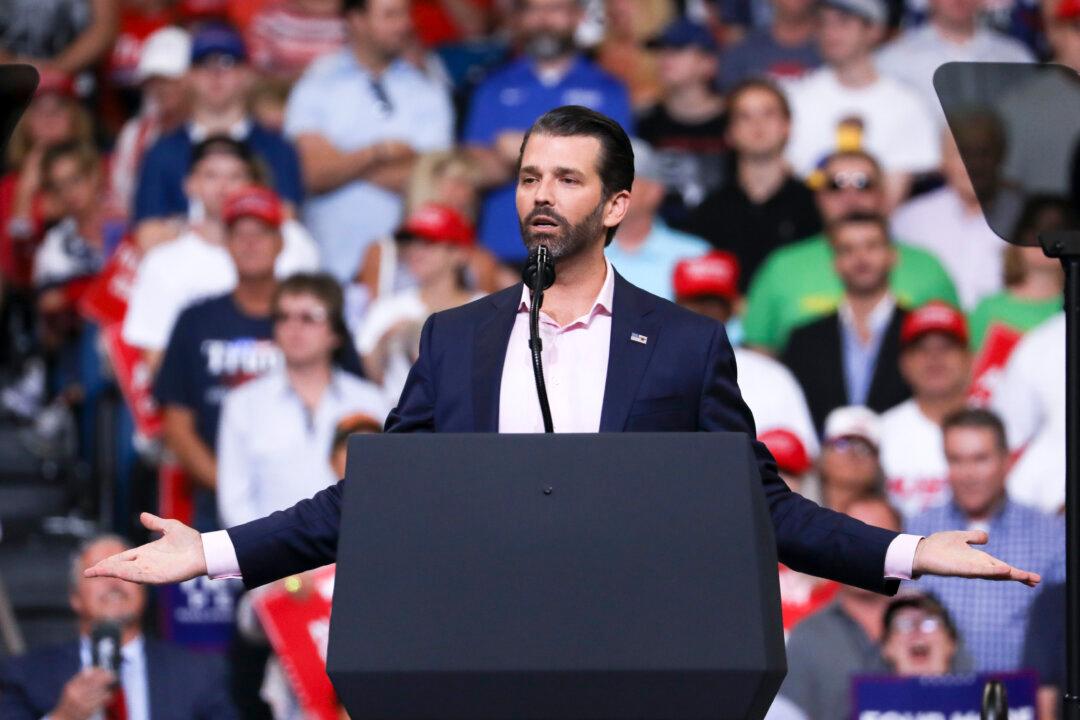Giants of the automotive industry both in the United States and abroad have come out in support of the Trump administration on the issue of emission standards. General Motors, Toyota, Fiat Chrysler, and a raft of other manufacturers and suppliers are falling in behind President Trump in a lawsuit on whether California will continue to have the authority to set its own fuel economy standards as well as emission standards for greenhouse gases.
Under the “One National Program Rule,“ the Trump administration has pledged to ”establish attainable fuel economy and GHG (greenhouse gas) vehicle emissions standards that will help ensure that more Americans have access to safer, more affordable, and cleaner vehicles that meet their families’ needs.”





